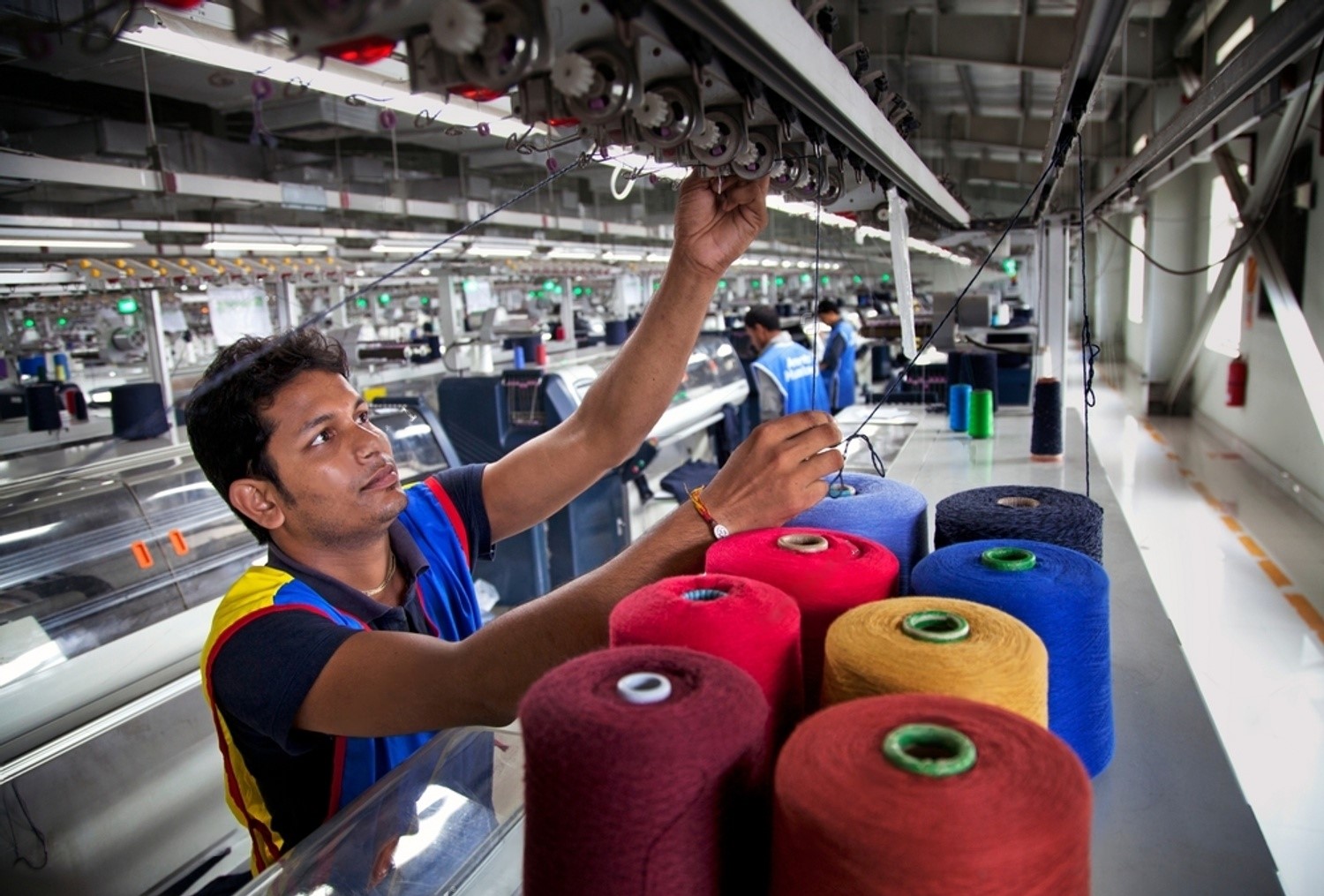
The fashion industry, seemingly obsessed with staying ahead of the curve, is riddled with stories of once-dominant brands and retailers falling apart at the seams. While economic downturns can take their toll, the reasons for collapse are often a complex mix of strategic missteps and a failure to adapt to the ever-evolving landscape.
Financial missteps
Retailers like In The Style, a British online fashion brand, serve as a cautionary tale. Their initial success hinged on influencer collaborations, but a reliance on this trendy tactic proved unsustainable. Mark Tweed, Brand Director, loungewear brand CyberJammies, highlights the danger of unchecked expansion as per him, fast moving businesses suck cash at an increasing rate. And just when revenue falls, businesses with large overhead immediately get into trouble. The Style's rapid growth led to bloated operational costs, leaving them vulnerable when consumer spending dipped.
Retail expert Andrew Spring of Jirsch Sutherland pinpoints dwindling margins as a key factor. As per him fashion retailers struggle to navigate ever-evolving trends. If they focus too much on one trend, they are left with unsold stocks. And if they take a trend too lightly they may end up missing an opportunity. This inability to predict and cater to ever-shifting consumer desires leads to overstock and lost revenue.
The rise and fall of retail giants
Media is full of cautionary tales. Once-ubiquitous brands like Barneys New York and BCBG Max Azria have filed for bankruptcy, citing everything from heavy debt loads to an inability to compete with online giants. The COVID-19 pandemic only exacerbated these issues, as lockdowns forced physical stores to close and consumers migrated online.
One good example is Forever 21, once a fast-fashion giant, filed for bankruptcy in 2019. Experts point to their over-reliance on low-cost manufacturing and a trend-chasing strategy that resulted in mountains of unsold inventory. Their inability to keep pace with the shift towards online shopping and a growing consumer focus on sustainability also contributed to their downfall.
Failing to connect with customers
Spring emphasizes retailers seem to encounter problems when they lose touch with their brand's target audience. This can manifest in poorly chosen product lines or a failure to adapt to changing consumer preferences. For instance, department stores Macy's struggled to compete with the fast-fashion giants like H&M and Zara, which catered to a more trend-conscious audience with quicker turnaround times.
In the fast-paced world of fashion, understanding your target audience is paramount. In The Style, a British online retailer, boomed with influencer collaborations but faltered when it failed to adapt to a cost-of-living crisis and changing consumer preferences, leading to a near-bankruptcy situation. J.C. Penney, a once-dominant American department store chain, alienated its core customer base with drastic modernizations, ultimately filing for bankruptcy in 2020.
Rapid expansion can also be a double-edged sword. Incurring high operational costs to support a growing infrastructure without a corresponding rise in sales can lead to financial strain.
The Rise of e-commerce and the Need to Adapt
The rise of e-commerce has fundamentally altered the retail landscape. While some brands, like Zara, have successfully transitioned to an omnichannel approach, others have been left behind. Legacy retailers burdened by high rents and inflexible store layouts struggle to compete with the agility and convenience offered by online platforms. For example, Macy's, a retail giant, has been closing stores and restructuring operations to adapt to the changing consumer landscape.
The road to recovery adapting and innovating
The fashion industry is a dynamic ecosystem. Understanding the ever-changing landscape and adapting accordingly is crucial for survival. Successful brands are embracing:
Omnichannel strategies: Integrating online and offline shopping experiences to cater to a tech-savvy customer base.
Sustainable practices: Implementing eco-friendly production processes and sourcing materials to attract environmentally conscious consumers.
Data-driven decision making: Utilizing data analytics to understand customer preferences and optimize product offerings and marketing strategies.
Transparency in sourcing and production resonates with today's conscious consumer. Finally, a willingness to adapt to emerging trends, while maintaining a core brand identity, is key to staying relevant. The fashion industry is a testament to the adage, ‘Change is the only constant’. Those who can adapt, innovate, and connect with the ever-evolving consumer will weather the storms and continue to turn trends into profits.












